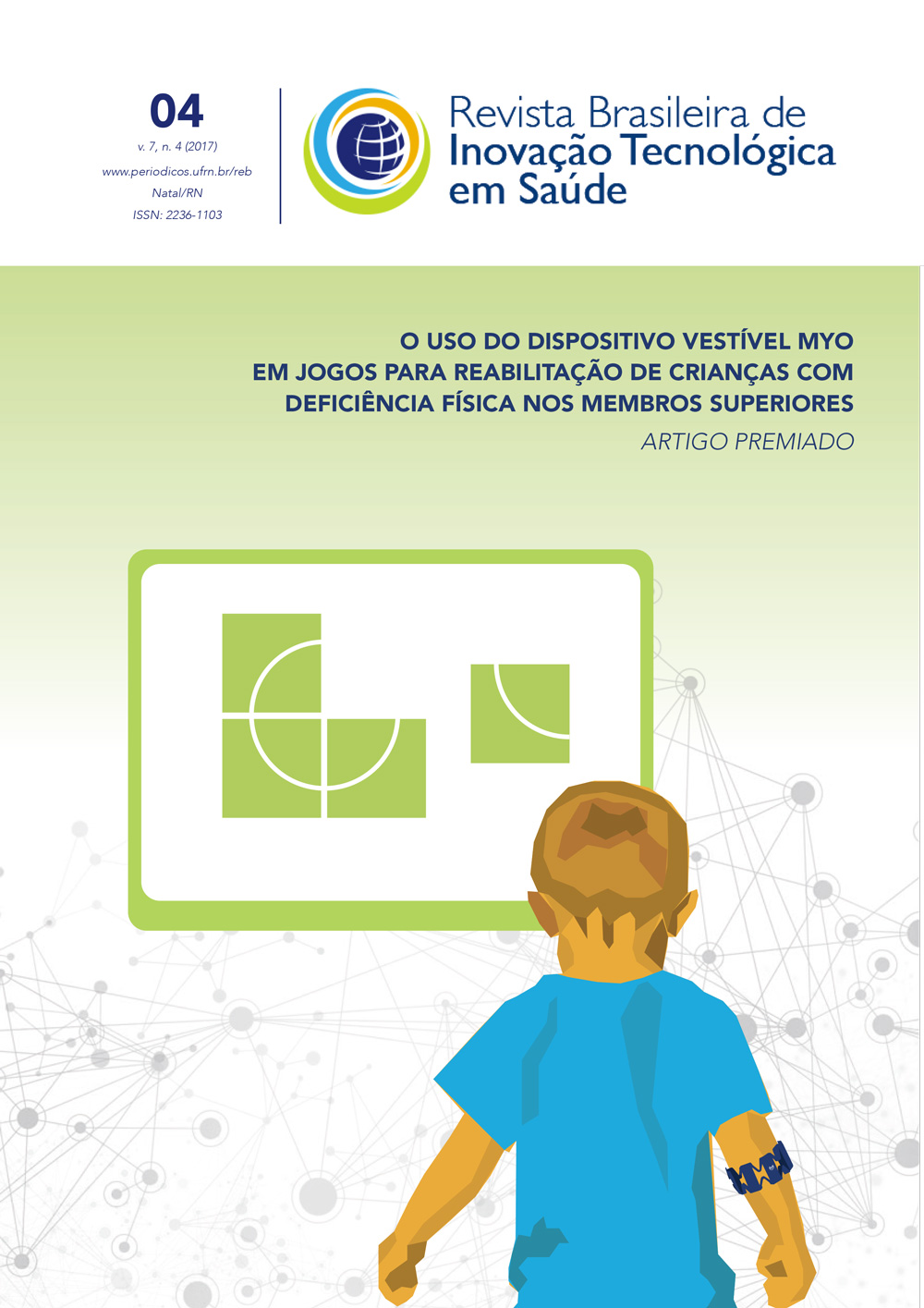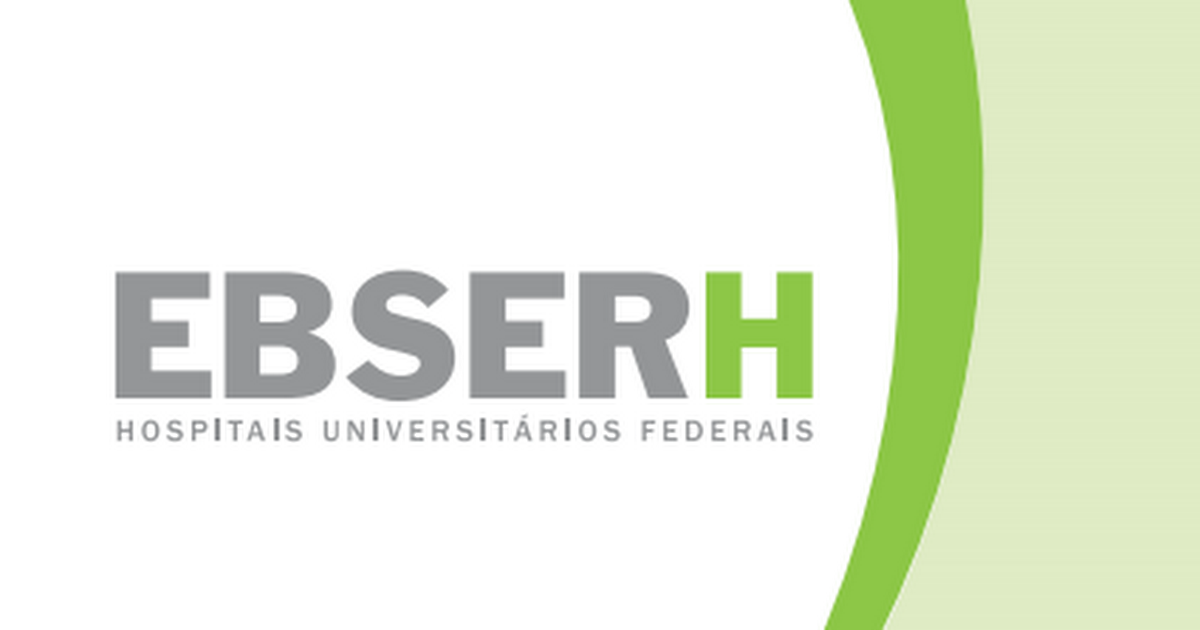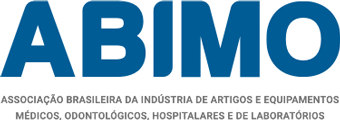DIMINUIÇÃO DO USO DE BOLSAS DE SANGUE EM CIRURGIAS CARDIOVASCULARES PELO USO DA RECUPERAÇÃO INTRAOPERATÓRIA DE CÉLULAS
DOI:
https://doi.org/10.18816/r-bits.v7i4.12583Resumo
Cirurgias cardíacas são procedimentos complexos onde há grande perda sanguínea e consequentemente é necessário repor o volume perdido. O uso de bolsas de sangue em cirurgias cardíacas é rotina em hospitais. Entretanto, há grandes problemas relacionados à falta de hemocomponentes devido a sua ampla demanda em várias áreas médicas e ao estoque pequeno mantido em hemocentros e a pouca quantidade de doadores disponíveis. Outros problemas relacionados à transfusão de sangue são as complicações pós-operatórias causadas e a não aceitação desse procedimento por grupos religiosos como os Testemunha de Jeová. Desta forma, a recuperação intraoperatória de células (RIC) pode ser uma alternativa ao uso de hemocomponentes. O presente trabalho objetivou verificar por meio de revisão bibliográfica a partir de 2006 se a autotransfusão durante cirurgias cardíacas através da recuperadora de células é eficaz na redução do uso de bolsas de sangue. Além disso, buscou-se averiguar quais as consequências da técnica no sistema de coagulação e sua viabilidade clínica. Verificou-se que grande parte dos estudos concorda que o uso da RIC diminui a necessidade de bolsas de concentrado de hemácias (CH) durante cirurgias cardíacas. No entanto, há contradições a respeito da diminuição total de hemoconcetrados, das complicações pós-operatórias, dos efeitos da técnica na ação plaquetária e da viabilidade do método. Logo, os estudos sobre a viabilidade do método são inconclusivos, sendo necessários novos estudos com metodologias melhoradas para avaliar mais fielmente a técnica. Também é necessário padronizar as variáveis possíveis para obter melhores resultados.
Downloads
Referências
MINISTÉRIO DA SAÚDE. Guia para o uso de hemocomponentes. Brasília, 2010.
KUPPURAO, L.; WEE, M. Perioperative cell salvage. Continuing education in anaesthesia, critical care and pain, Southampton, v. 10, n. 4, p. 104–108, maio. 2010.
ASHWORTH, A.; KLEIN, A. A. Cell salvage as part of a blood conservation strategy in anaesthesia. British journal of anaesthesia, Cambridge, v. 105, n. 4, p. 401–416, ago. 2010.
SIMÕES, J.; QUADRADO, M.; PEREIRA, E. Cell-saver em cirurgia cardíaca: eficiência clínica e avaliação de custo-efetividade. Salutis scientia, Lisboa, v. 7, p. 12–19,mar. 2015.
UK CELL SALVAGE ACTION GROUP. Intraoperative cell salvage. England, 2008.
GEMERT, A. W. M. M. K. Autotransfusion: therapeutic principles, efficacy and risks. Blood transfusion in clinical practice, Dordrecht, v. 1860, p. 205–222, 2012.
GU, Y. J. et al. Influence of mechanical cell salvage on red blood cell aggregation, deformability, and 2,3-diphosphoglycerate in patients undergoing cardiac surgery with cardiopulmonary bypass. The annals of thoracic surgery, Groningen, v. 86, n. 5, p. 1570–1575, jul. 2008.
VRIES, H. De. Use of the cell saver in blood management disadvantages of allogeneic blood transfusion. European Association of Cardiothoracic Anesthesiologists, Groningen, p. 33–35, 2012.
MUÑOZ, M.; SLAPPENDEL, R.; THOMAS, D. Laboratory characteristics and clinical utility of post-operative cell salvage: washed or unwashed blood transfusion? Blood transfusion, Málaga, v. 9, n. 3, p. 248–261, 2011.
DAMGAARD, S. et al. Cell Saver for On-pump Coronary Operations Reduces Systemic Inflammatory Markers: A Randomized Trial. Annals of Thoracic Surgery. Copenhagen, v. 89, p. 1511–1517, 2010.
PRIETO, M. A. et al. Does use of cell saver decrease the inflammatory response in cardiac surgery? Asian Cardiovascular and Thoracic Annals. Madrid, v. 21, p. 37–42, 2013.
ESPER, S. A.; WATERS, J. H. Intra-operative cell salvage: a fresh look at the indications and contraindications. Blood transfusion, Pittsburgh, v. 9, n. 2, p. 139–147, out. 2011.
SOCIEDADE BENEFICENTE DE SENHORAS HOSPITAL SÍRIO-LIBANÊS. Guia de condutas hemoterápicas. 2.ed. São Paulo, 2010.
MELOROSE, J.; PERROY, R.; CAREAS, S. A terapia transfusional autóloga aplicada a pacientes testemunhas de jeová e à autonomia da vontade. Revista Científica SMG, v. 1, p. 1–28, mar. 2015
PARK, J. J. et al. Aortic valve replacement in a jehovah’s witness: a case of multi-disciplinary clinical management for bloodless surgery. BMJ case reports, Edinburgh, v. 2012, p. 10–13, 2012.
MASSICOTTE, L. et al. Evaluation of cell salvage autotransfusion utility during liver transplantation. HPB, Québec, v. 9, n. 1, p. 52–57, 2007.
BUDAK, A. B., MCCUSKER, K., & GUNAYDIN, S. A structured blood conservation program in pediatric cardiac surgery. European Review for Medical and Pharmacological Sciences, v. 21, n. 5, p. 1074–1079, 2017.
FERRARIS, V. A. et al. 2011 update to the Society of Thoracic Surgeons and the Society of Cardiovascular Anesthesiologists blood conservation clinical practice guidelines. The Annals of Thoracic Surgery, v. 91, p. 944–82, mar. 2011.
SCOTT, B. H. Blood transfusion in cardiac surgery: is it appropriate? Annals of Cardiac Anaesthesia, New York, v. 10, p. 108–112, 2007.
ORGANIZAÇÃO MUNDIAL DA SAÚDE. O uso clínico do sangue. São Paulo, 2013.
SANTOS, A. A. dos et al. Therapeutic options to minimize allogeneic blood transfusions and their adverse effects in cardiac surgery: a systematic review. Revista brasileira de cirurgia cardiovascular, São Paulo, v. 29, n. 4, p. 606–621, set. 2014.
VERMEIJDEN, W. J. et al. Effects of cell-saving devices and filters on transfusion in cardiac surgery: A multicenter randomized study. Annals of Thoracic Surgery. Utrecht, v. 99, p. 26–32, 2015.
VONK, A. B. A. et al. Intraoperative cell salvage is associated with reduced postoperative blood loss and transfusion requirements in cardiac surgery: A cohort study. Transfusion. Amsterdam, v. 53, p. 2782–2789, nov. 2013.
ALMEIDA, R. M. S.; LEITÃO, L. The use of cell saver system in cardiac surgery with cardiopulmonary bypass. Revista brasileira de cirurgia cardiovascular?: órgão oficial da sociedade brasileira de cirurgia cardiovascular, Cascavel, v. 28, n. 1, p. 76–82, dez. 2013.
XIE, Y. et al. The efficacy, safety and cost-effectiveness of intra-operative cell salvage in high-bleeding-risk cardiac surgery with cardiopulmonary bypass: A prospective randomized and controlled trial. International Journal of Medical Sciences. Zhejiang, v. 12, p. 322–328, 2015.
ZHENG, J. et al. Blood conservation strategies in cardiac valve replacement. Medicine. Hangzhou, p. 1–5, 2016.
SILVA, L. L. D. M. et al. Impact of autologous blood transfusion on the use of pack of red blood cells in coronary artery bypass grafting surgery. Revista Brasileira de Cirurgia Cardiovascular. Santa Maria, v. 28, 183–189, 2013.
GOEL, P. et al. Efficacy of cell saver in reducing homologous blood transfusions during OPCAB surgery: A prospective randomized trial. Transfusion Medicine. Punjab, v. 17, p. 285–289, 2007.
KLEIN, A. A. et al. A randomized controlled trial of cell salvage in routine cardiac surgery. Anesthesia and Analgesia. Cambridge, v. 107, n.5, p. 1487–1495, 2008.
ZISMAN, E. et al. The effect of acute autologous blood transfusion on coagulation dysfunction after cardiopulmonary bypass. European Journal of Anaesthesiology. Haifa, v. 26, p. 868–873, 2009.
JENNI, H. et al. Autotransfusion system or integrated automatic suction device in minimized extracorporeal circulation: Influence on coagulation and inflammatory response. European Journal of Cardio-Thoracic Surgery. Bern, v. 39, p. 139–143, 2011.
SCRASCIA, G. et al. Pump blood processing, salvage and re-transfusion improves hemoglobin levels after coronary artery bypass grafting, but affects coagulative and fibrinolytic systems. Perfusion. Bari, v. 27, p. 270–277, 2012.
IYER, Y. L. et al. The effects on coagulation of the reinfusion of unprocessed residual blood from the cardiopulmonary bypass. BMC Research Notes. Heidelberg, p. 1–7, 2016.
AL-RIYAMI, A. Z. et al. Intra-operative cell salvage in cardiac surgery may increase platelet transfusion requirements: A cohort study. Vox Sanguinis. Muscat, v. 109, p. 280–286, 2015.
GABEL, J. et al. Cell saver processing mitigates the negative effects of wound blood on platelet function. Acta Anaesthesiologica Scandinavica. Gothenburg, v. 6, p. 1–9, 2016.
PAPARELLA, D.; WHITLOCK, R. Safety of Salvaged Blood and Risk of Coagulopathy in Cardiac Surgery. Seminars in Thrombosis and Hemostasis. Bari, v. 42, p. 166–171, 2016.
DIETRICH, W. Autologous blood predonation in cardiac surgery. Transfusion Clinique et Biologique. Munich, v. 14, p. 526–529, 2007.
DAVIES, L. et al. Cell salvage and alternative methods of minimising perioperative allogeneic blood transfusion. Health Technololgy Assessment. Manchester, v. 10, n. 44, p. 1-4, 2006.
ATTARAN, S. et al. The use of cell salvage in routine cardiac surgery is ineffective and not cost-effective and should be reserved for selected cases. Interactive Cardiovascular and Thoracic Surgery. Liverpool, v. 12, p. 824–826, 2011.
UNIMED FEDERAÇÃO RS. Autotransfusão por Recuperação Intraoperatória de Sangue?: “Cell Saver”. Avaliação de Tecnologias Em Saúde. Canoas, p. 1–9, 2011.








 Português (Brasil)
Português (Brasil) English
English Español (España)
Español (España)






